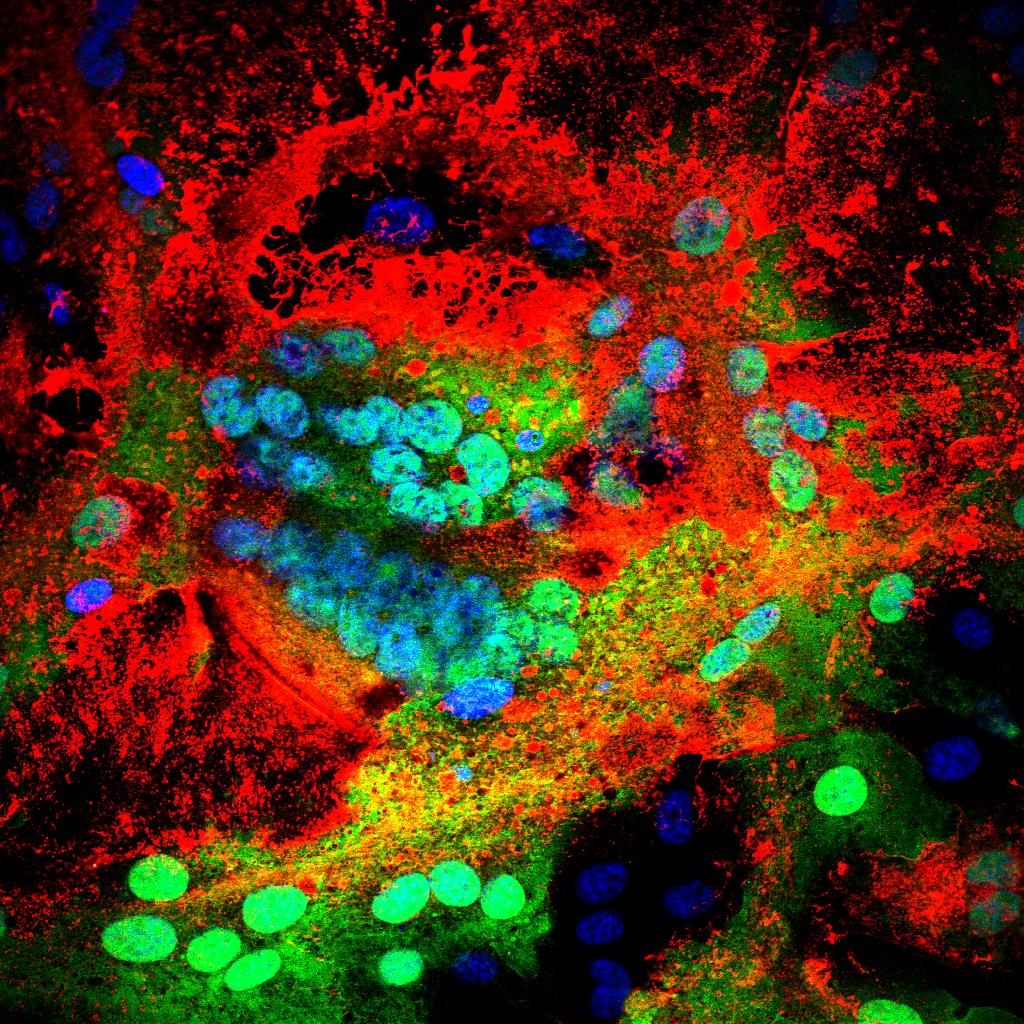Ongoing assessment of the molecular evolution of peste des petits ruminants virus continues to question viral origins
Understanding the evolution of viral pathogens is critical to being able to define how viruses emerge within different landscapes. Host susceptibility, which is spread between different species and is a contributing factor to the subsequent epidemiology of a disease, is defined by virus detection and subsequent characterization. Peste des petits ruminants virus is a plague of small ruminant species that is a considerable burden to the development of sustainable agriculture across Africa and much of Asia. The virus has also had a significant impact on populations of endangered species in recent years, highlighting its significance as a pathogen of high concern across different regions of the globe. Here, we have re-evaluated the molecular evolution of this virus using novel genetic data to try and further resolve the molecular epidemiology of this disease. Viral isolates are genetically characterized into four lineages (I−IV), and the historic origin of these lineages is of considerable interest to the molecular evolution of the virus. Our re-evaluation of viral emergence using novel genome sequences has demonstrated that lineages I, II and IV likely originated in West Africa, in Senegal (I) and Nigeria (II and IV). Lineage III sequences predicted emergence in either East Africa (Ethiopia) or in the Arabian Peninsula (Oman and/or the United Arab Emirates), with a paucity of data precluding a more refined interpretation. Continual refinements of evolutionary emergence, following the generation of new data, is key to both understanding viral evolution from a historic perspective and informing on the ongoing genetic emergence of this virus.
